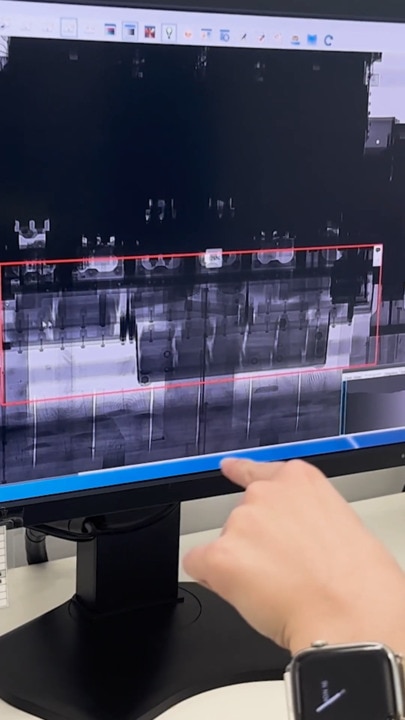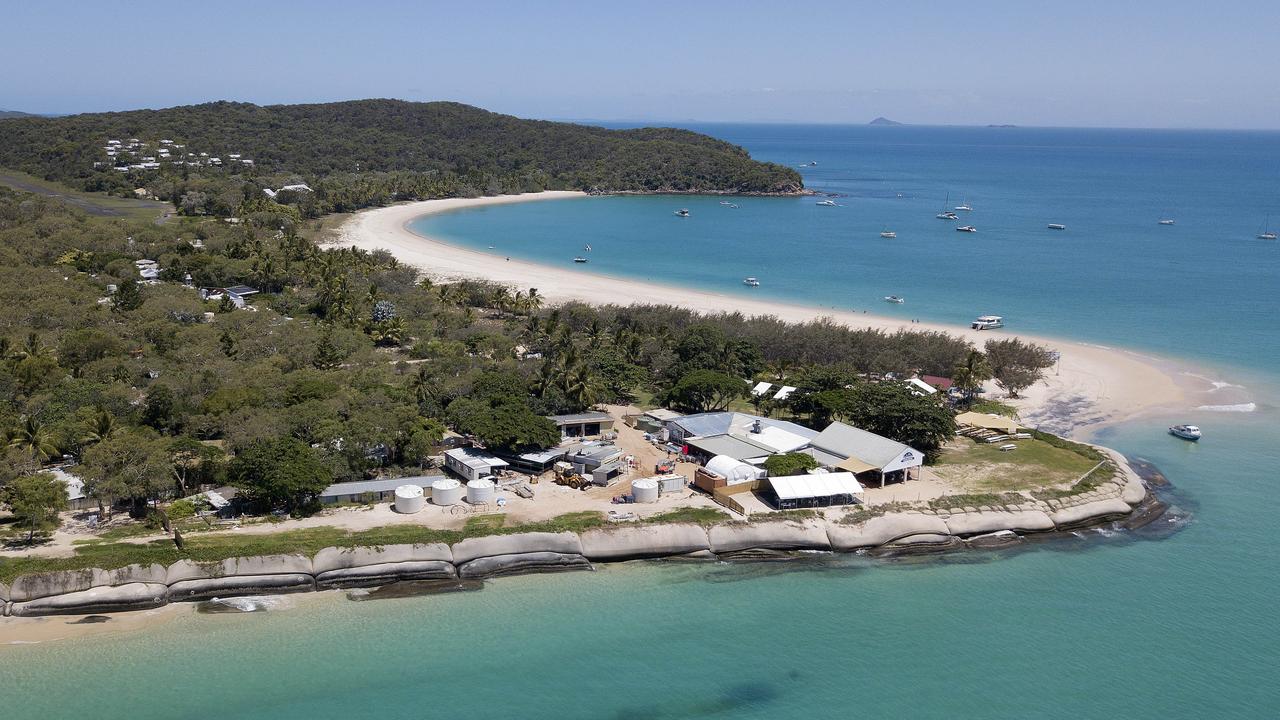Regional boats and islands used to traffic drugs into Qld amid spike in cocaine seizures
Regional boat ramps and islands are being used by serious organised crime groups to traffic illicit drugs.

Regional News
Don't miss out on the headlines from Regional News. Followed categories will be added to My News.
Regional boat ramps and islands are being used by serious organised crime groups to traffic illicit drugs, according to authorities, as cocaine seizures spike across the state.
Australian Border Force Acting Commander Troy Sokoloff said there had been a “decided increase” in cocaine being brought into Queensland as serious organised crime groups attempt to infiltrate the border via sea, air and mail.
“A lot of our recent operations have resulted in detections of cocaine,” he said.
It comes just weeks after 13 people were charged after the largest cocaine seizure in Australian history aboard a recreational fishing boat that broke down near K’gari.
The boat had been tracked by the ABF alongside the Australian Federal Police and Queensland police.
The Comanchero’s Brisbane chapter vice-president and two juveniles were among 13 charged over a suspected conspiracy to import 2.34 tonnes of cocaine with an estimated street value of up to $1bl into Queensland from South America.
Earlier this year, three NSW men were charged over a 500kg cocaine shipment uncovered in central Queensland.

The AFP, with the assistance of Gladstone police, arrested the men in April after they returned to shore in an 8.2m fishing boat at the Boyne Island boat ramp.
They were each charged with one count of possessing a commercial quantity of an unlawfully imported border controlled drug and remain before the courts.
That same month a Victorian man was charged for his alleged involvement in a criminal syndicate that imported 289kg of cocaine into Queensland from Papua New Guinea and for impersonating a legitimate company to try to avoid detection.
Investigations commenced after the ABF identified an air cargo consignment arriving on a flight into Brisbane which was suspected to have used the altered details of a legitimate company, a practice known as “piggybacking”.
He was charged with one count of attempting to possess a commercial quantity of an unlawfully imported border controlled drug.
His case remains before the courts.

A Brisbane man, alleged to be the Australian leader of a transnational organised crime organisation, was also charged in April over a botched 900kg cocaine import off Moreton Bay that led to bricks of the drug washing up on NSW beaches.
The 36-year-old was charged with 19 offences including importing a commercial quantity of a border controlled drug, conspiracy to import a commercial quantity of a border controlled drug, directing activities of a criminal organisation and arson.
His case remains before the courts.
“It is concerning and it indicates to us that there is a significant rise in the attempts to get (illicit drugs into Queensland) and also for people to purchase it in the community,” Mr Sokoloff said.
“We work very closely with our remote communities, including Indigenous ranger programs, we engage quite heavily in remote areas where we can and we encourage people to contact us should they have any information in relation to any border risks.

“It’s a very complicated process in terms of our intelligence, it starts offshore and we work with our partner agencies and countries, we have officers posted throughout the world and where possible we share intelligence and information.”
In the 2023-24 financial year, the ABF recorded 2777 detections of cocaine nationwide via sea, air and mail with a total estimated weight of 1.865 tonnes.
In 2022-23, there were 4299 detections of cocaine with a total estimated weight of 4.831 tonnes.
Originally published as Regional boats and islands used to traffic drugs into Qld amid spike in cocaine seizures



